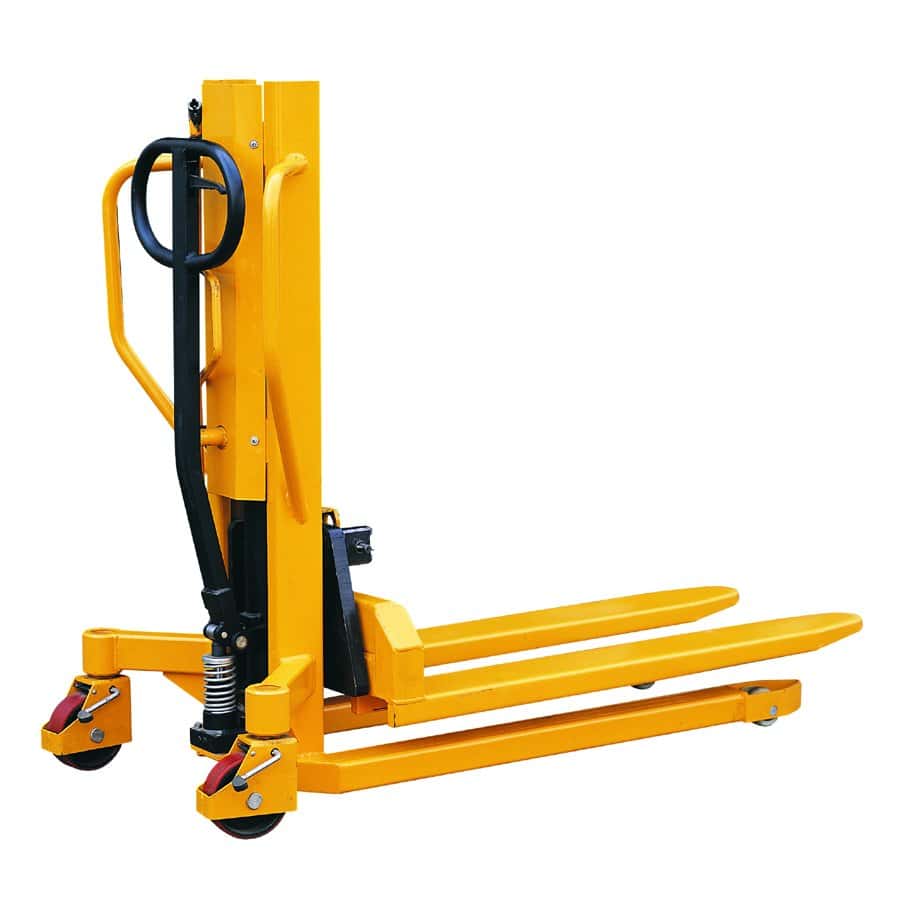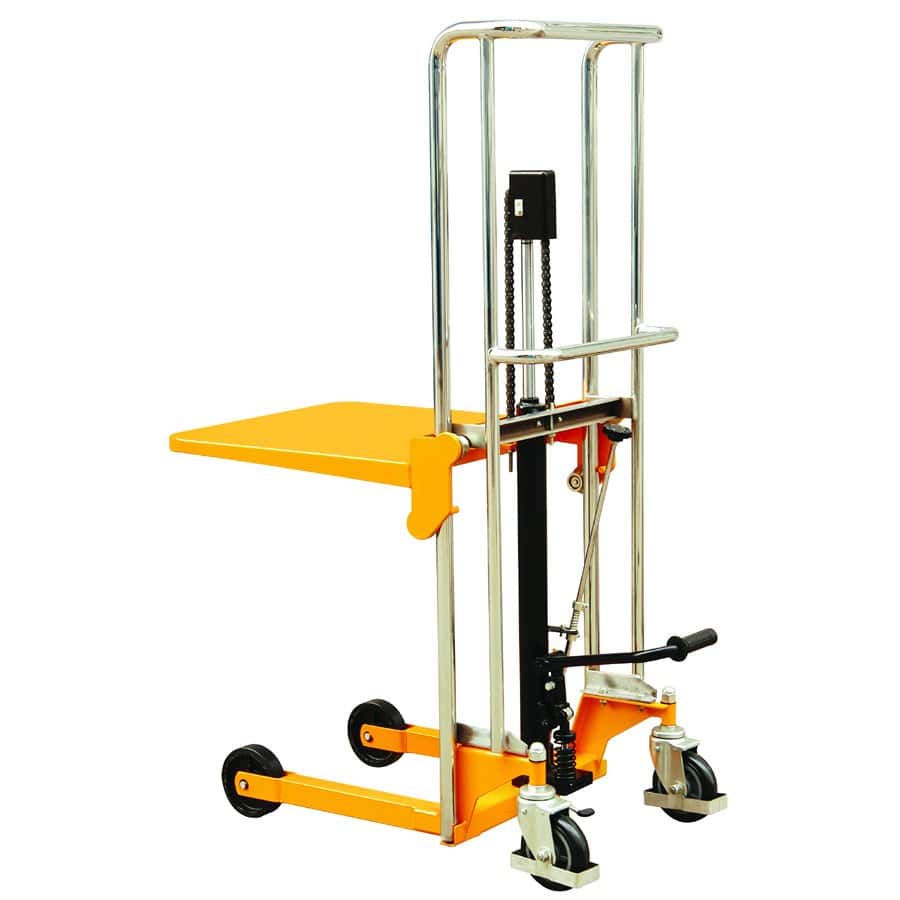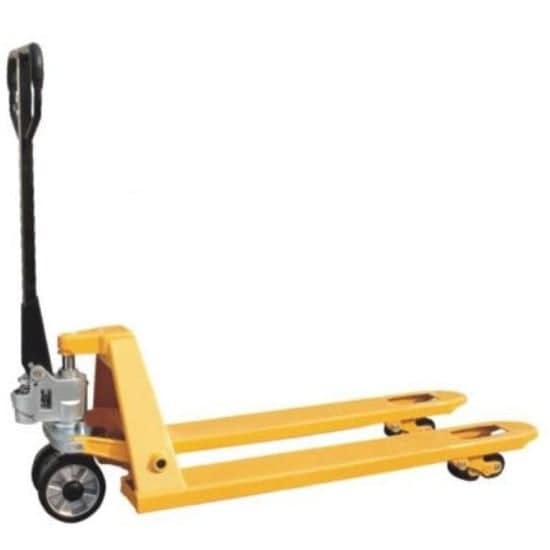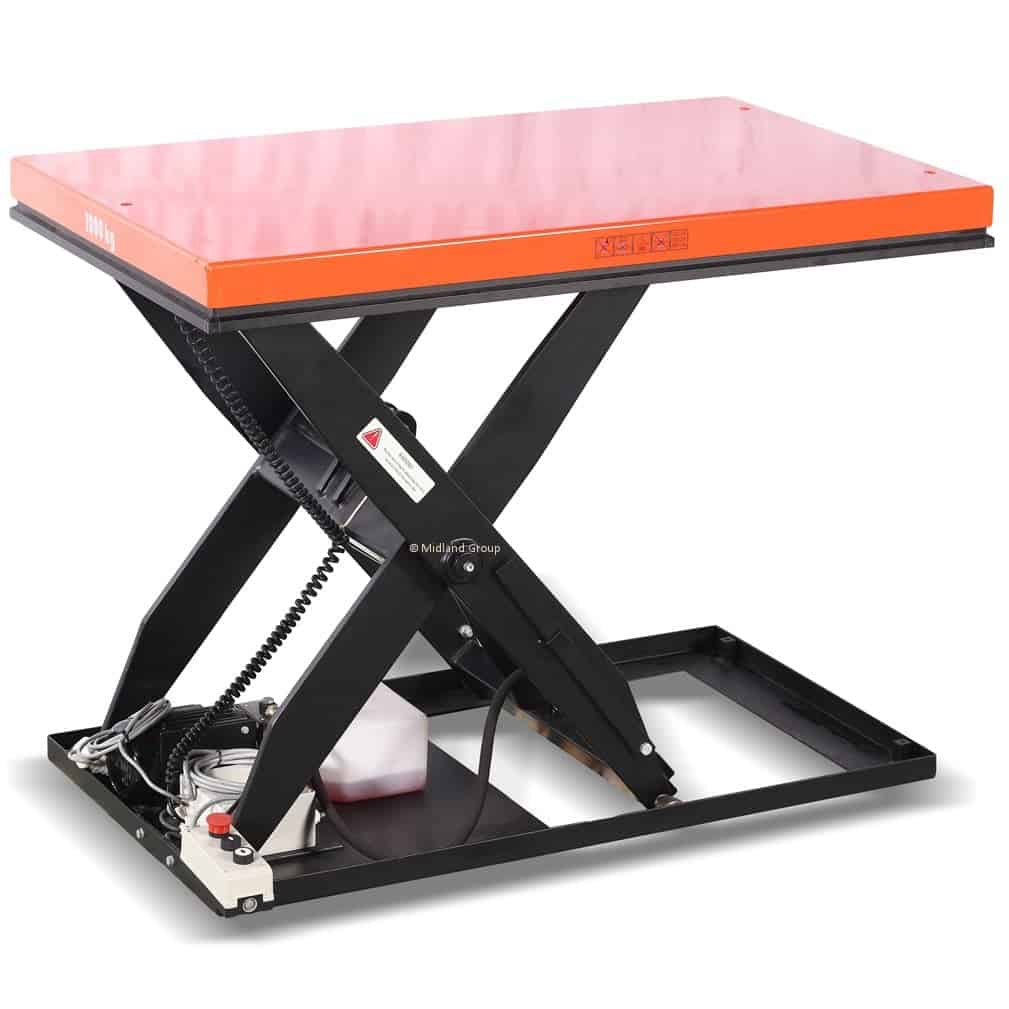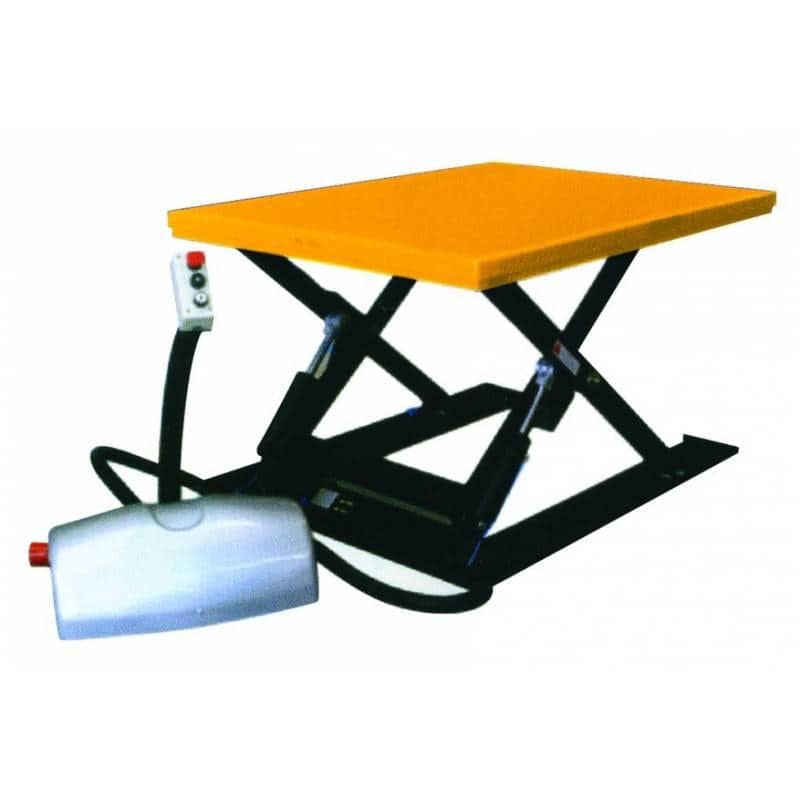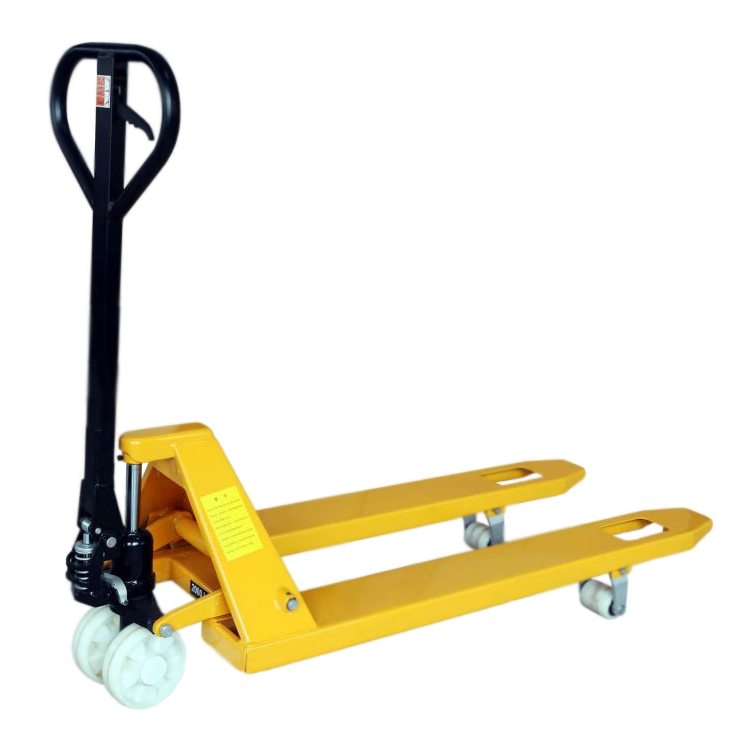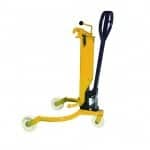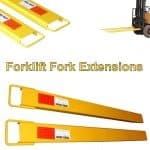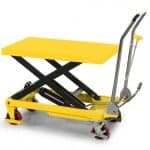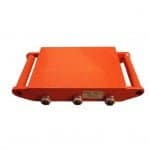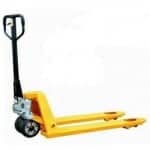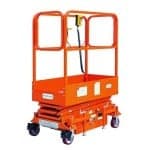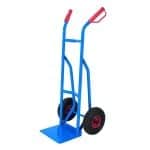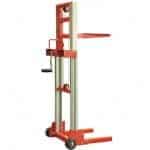As one of the most ubiquitous pieces of equipment in any UK workplace, it is no surprise that many of the injuries and accidents that take place at work are a result of mishandled or faulty pallet trucks. Though hand pallet trucks are easy to operate and require no specialist training, accidents still occur as a result of external circumstances and complacency regarding safety regulations. Follow these simple and effective rules in order to guarantee pallet trucks safety in the workplace:
1. Maximum load limits are there for a reason; even the most hardwearing hand pallet trucks usually have a maximum capacity of between 2500kg – 5000kg. Overloading a pallet truck can cause it to overbalance or malfunction, creating problems not only for the operator using the truck but also to any surrounding staff members. Always keep track of the weights of loads using a weighing scale pallet truck or weigh beams, and ensure that pallet trucks are not overloaded.
2. Use discretion when moving heavy loads up or down inclines. Avoid going up or down ramps if at all possible to keep the truck and the load balanced, but if it is absolutely necessary to navigate a ramp, keep the load uphill from the operator to ensure control of the weight. Forks should be around 4 – 6 inches above the ground to ensure they don’t catch on the ramp or the floor when going up an incline.
3. Many hand pallet trucks these days are fitted with brakes for added security, but for those that are still stopped manually, ensure plenty of stopping room when slowing down, and be aware of other people in the area. Heavy loads can create a lot of momentum when slowing down without brakes, so it is vital to ensure that the truck is slowed down sufficiently to come to a controlled halt.
4. Pull, rather than push the loads along flat surfaces for increased manoeuvrability. Pulling the load allows the operator to travel ahead of the truck, checking for hazards and other people. Pushing from behind can become difficult and operators cannot check for potential items littering the aisles or other equipment that the forks could catch on.
5. When storing a pallet truck, ensure that the handle is left in the ‘up’ position to eliminate any trips or falls, and lower the forks so that they are not sticking out at an awkward angle. If a designated storage area is not available, ensure that the forks are not pointing out into any walkways.


